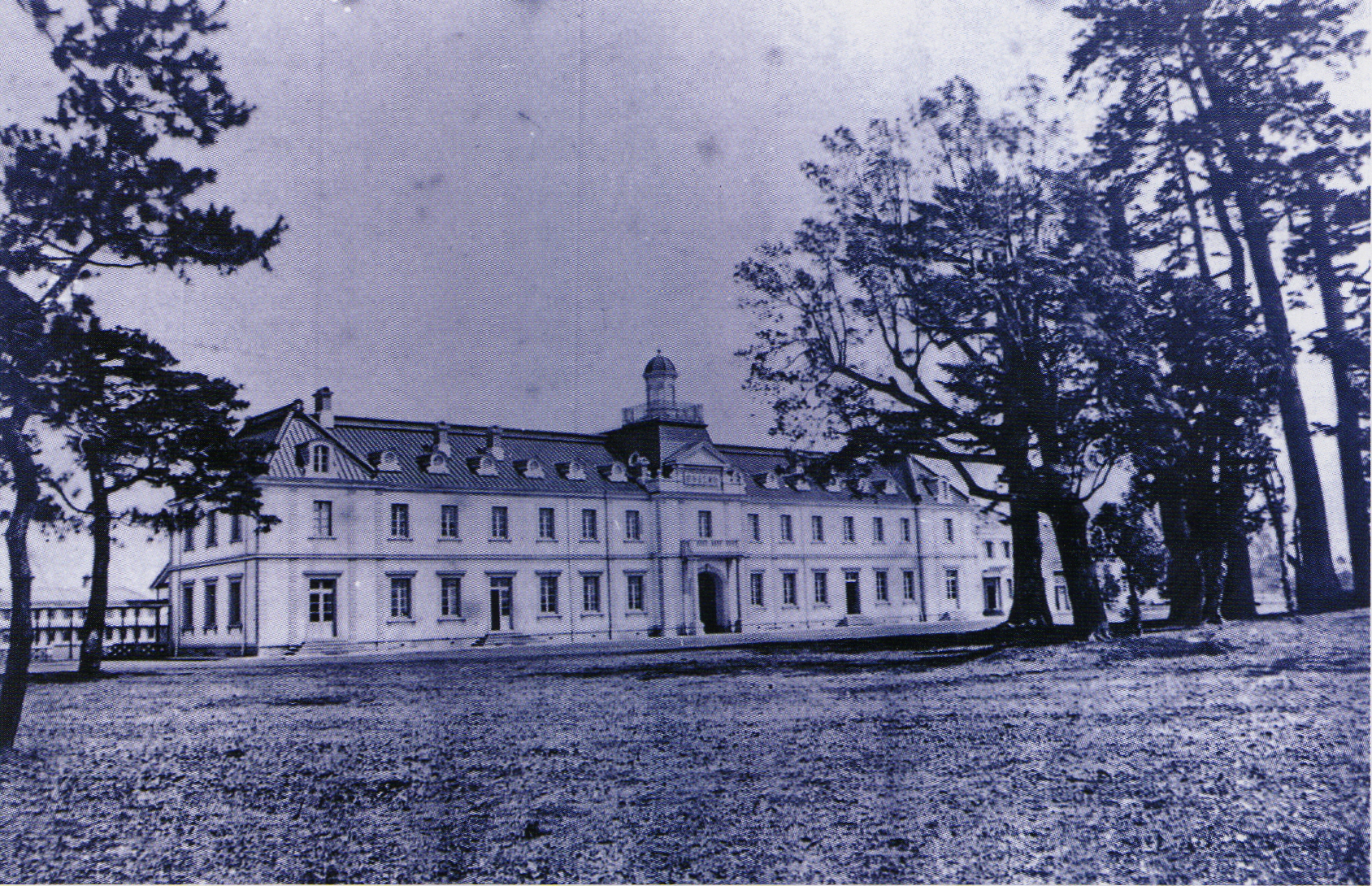|
Ministry Of Defense (Japan)
The is an executive department of the Government of Japan responsible for preserving the peace and independence of Japan, and maintaining the country’s national security and the Japan Self-Defense Forces. The ministry is headed by the Minister of Defense, and is the largest ministry in the Japanese government. The ministry is headquartered in Ichigaya, Shinjuku, Tokyo, and is required by Article 66 of the Constitution to be completely subordinate to civilian authority. Its head has the rank of Minister of State. He is assisted by two vice ministers, one parliamentary and one administrative; and the internal bureaus. The highest figure in the command structure is the Prime Minister, who is responsible directly to the National Diet. The MOD, alongside the Ministry of Foreign Affairs, work on crafting Japanese security policy. In a national emergency, the Prime Minister is authorized to order the various components of the Japan Self-Defense Forces (JSDF) into action, sub ... [...More Info...] [...Related Items...] OR: [Wikipedia] [Google] [Baidu] |
Government Of Japan
The Government of Japan consists of legislative, executive and judiciary branches and is based on popular sovereignty. The Government runs under the framework established by the Constitution of Japan, adopted in 1947. It is a unitary state, containing forty-seven administrative divisions, with the Emperor as its Head of State. His role is ceremonial and he has no powers related to Government. Instead, it is the Cabinet, comprising the Ministers of State and the Prime Minister, that directs and controls the Government and the civil service. The Cabinet has the executive power and is formed by the Prime Minister, who is the Head of Government. The Prime Minister is nominated by the National Diet and appointed to office by the Emperor. The National Diet is the legislature, the organ of the Legislative branch. It is bicameral, consisting of two houses with the House of Councilors being the upper house, and the House of Representatives being the lower house. Its member ... [...More Info...] [...Related Items...] OR: [Wikipedia] [Google] [Baidu] |
